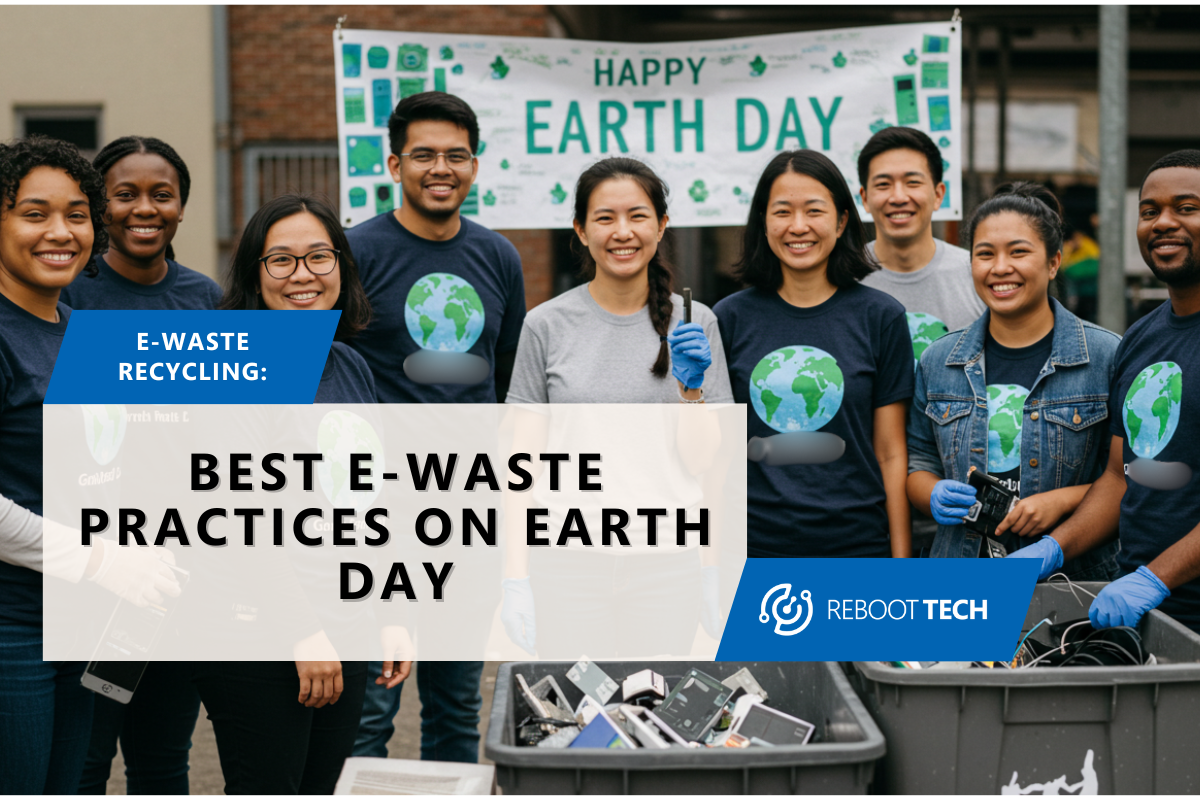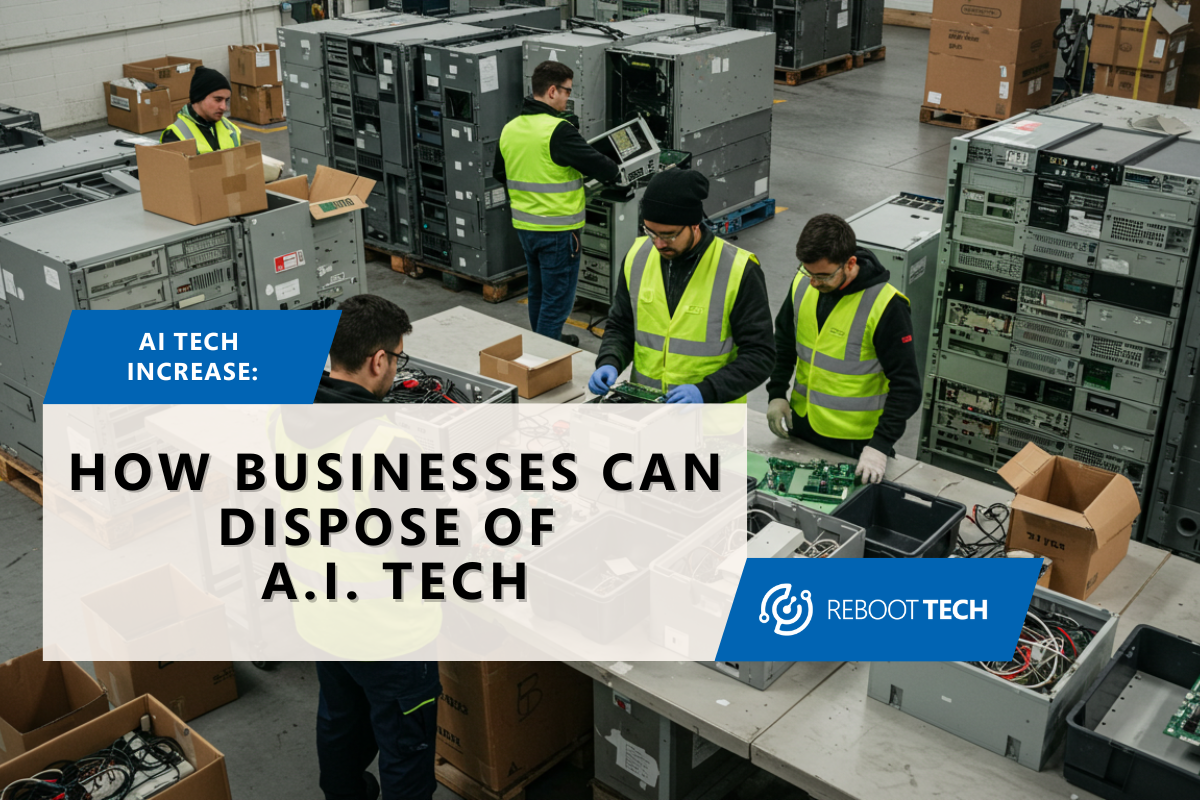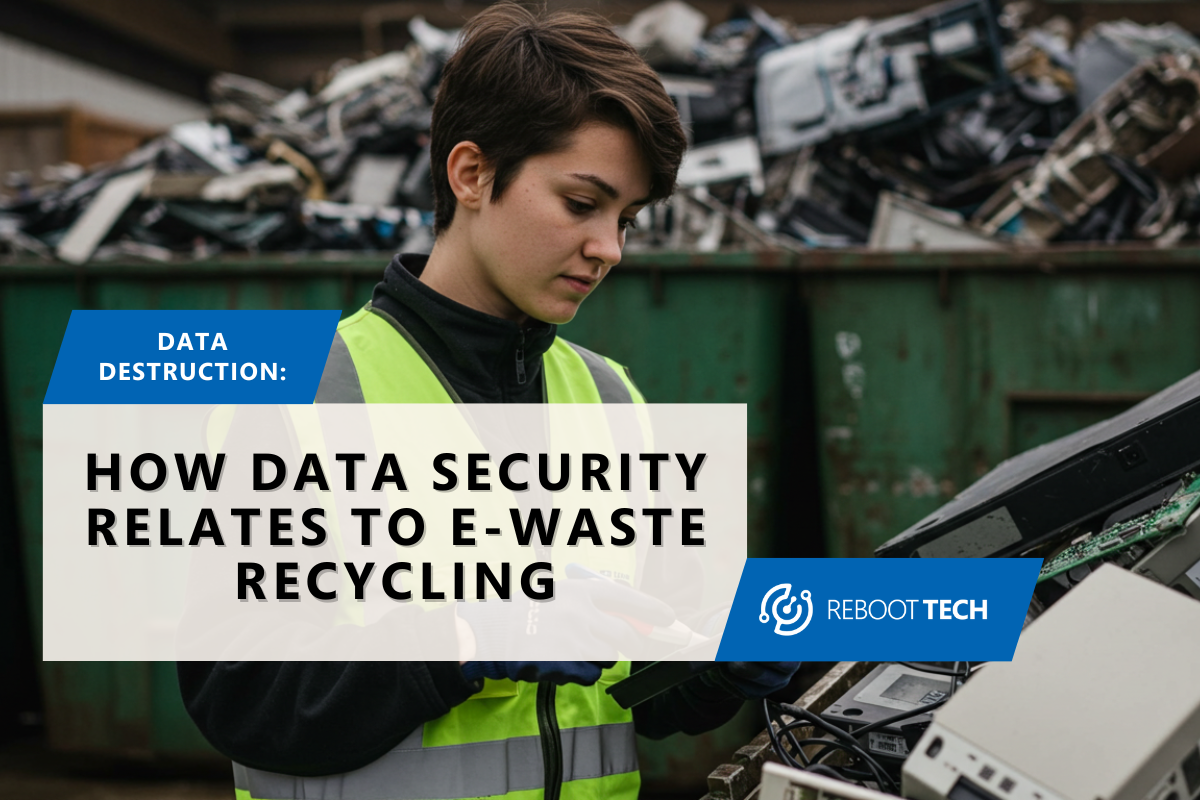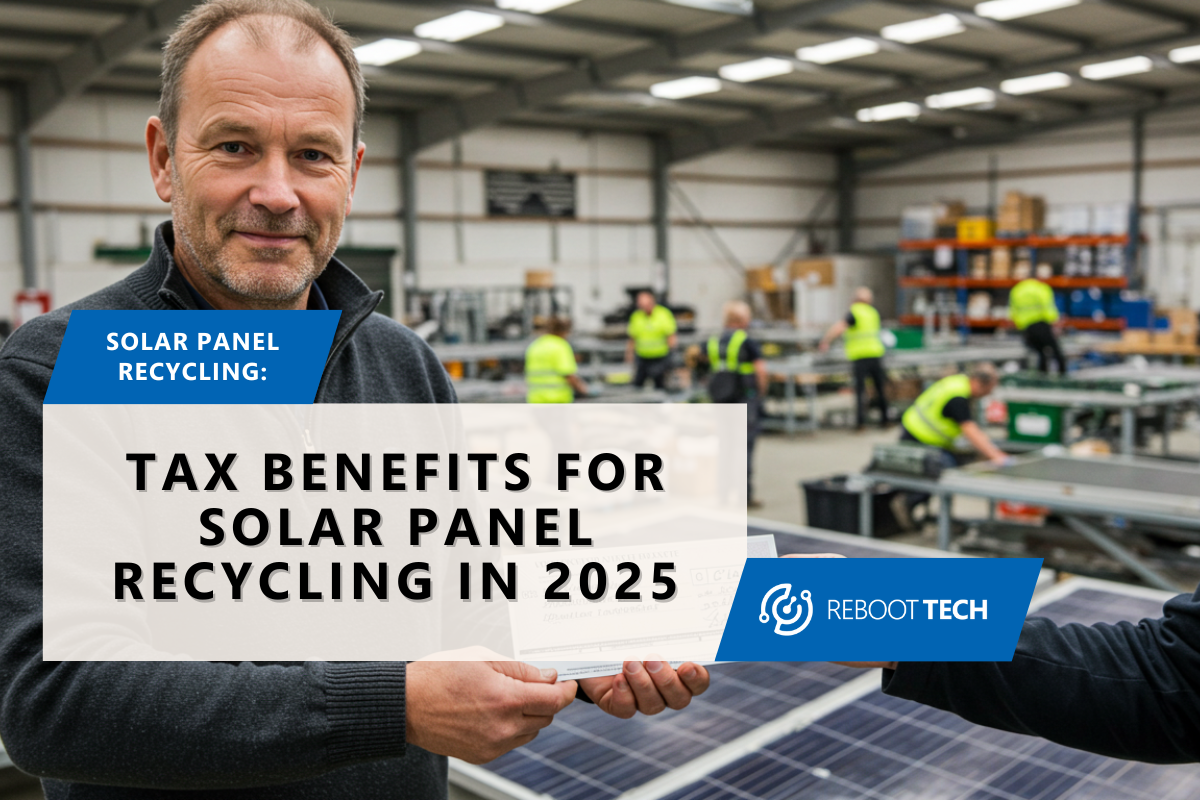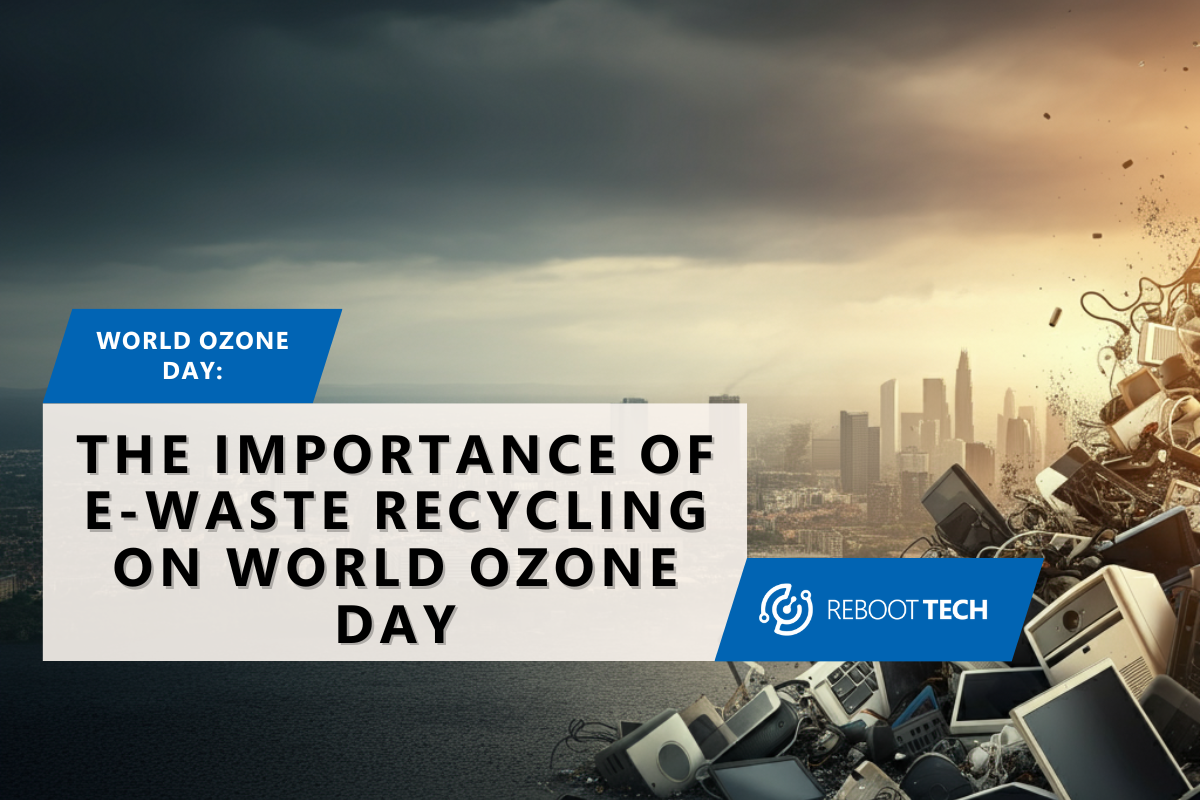
E-Waste Recycling: Protecting the Ozone Layer on World Ozone Day
Every year on September 16th, the world comes together to celebrate World Ozone Day. This is a day for the preservation of our ozone layer and a reminder of the steps we need to take to protect it—and our planet—for future generations. While we often think of ozone protection in terms of banning harmful chemicals, there’s another factor many people overlook—electronic waste recycling. It might seem unrelated, but improper disposal of electronic products like refrigerators, air conditioners, and computers can have a significant impact on the ozone layer.
In this article, we’ll explore how electronic waste recycling and ozone depletion are connected. We’ll discuss why World Ozone Day is so important, how e-waste impacts the environment, and what actions you can take to help. Stay with us to learn how recycling your old TV or phone can help protect the ozone layer.
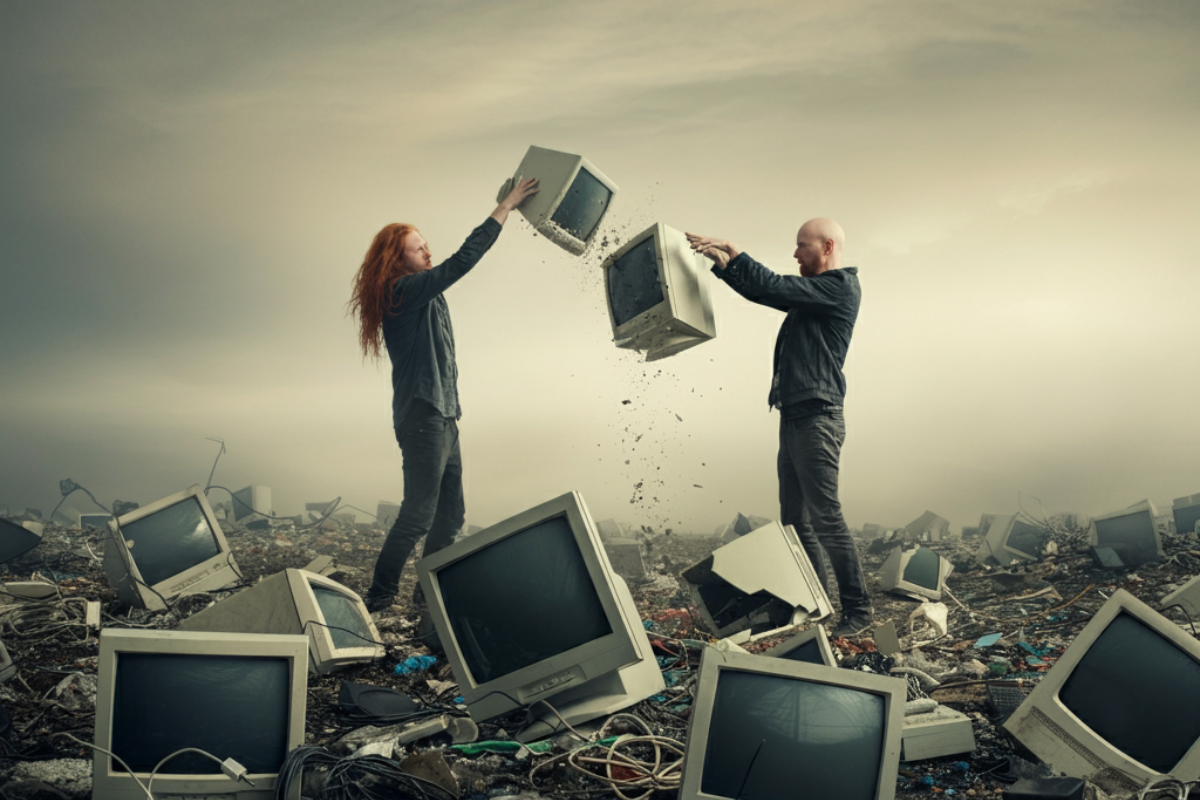
What Is World Ozone Day?
World Ozone Day was proclaimed by the United Nations General Assembly in 1994 to commemorate the signing of the Montreal Protocol in 1987. This international treaty aimed to phase out the production of ozone-depleting substances (ODS) like chlorofluorocarbons (CFCs), which were once common in electronic products like refrigeration units and air conditioners. The ozone layer is a protective shield of gas that keeps the sun’s harmful ultraviolet (UV) radiation from reaching the Earth’s surface.
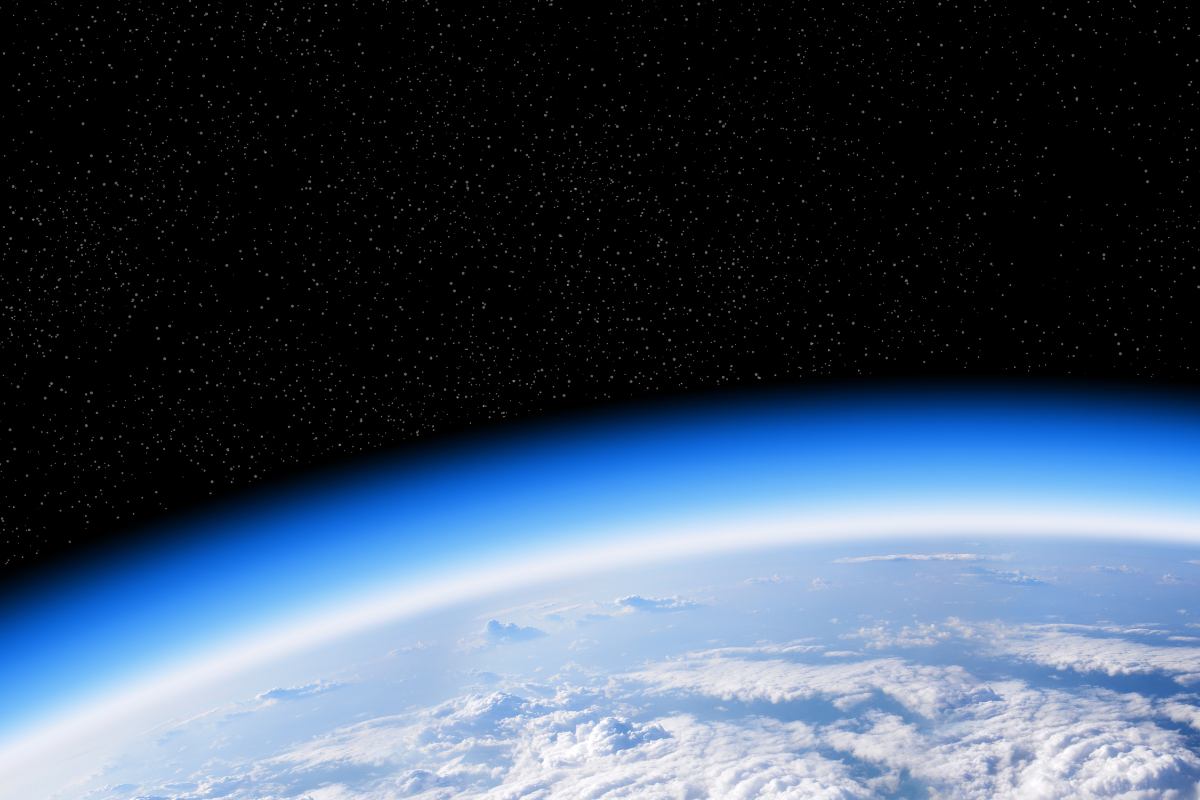
The Montreal Protocol has been highly successful, reducing the production of ozone-depleting substances by nearly 100%. As a result, the ozone layer has shown signs of recovery, and the treaty has also contributed significantly to reducing air pollution and combating climate change. But despite these achievements, modern challenges like electronic waste still pose a threat to both the ozone layer and the planet.
How E-Waste Impacts the Ozone Layer
You might wonder, “How does my old smartphone or refrigerator affect the ozone layer?” The answer lies in the toxic substances found in many electronic products, particularly those used for temperature control like air conditioners and refrigerators.
Many of these devices contain hydrochlorofluorocarbons (HCFCs), a type of ozone-depleting substance (ODS) that can damage the ozone layer when not properly recycled. According to a report from CBS News, more than three-quarters of these devices are disposed of improperly, releasing toxic substances into the atmosphere, where they break down the ozone layer. This allows more harmful UV radiation to reach the Earth, which can lead to increased skin cancer rates, eye damage, and harm to wildlife.
Additionally, when electronic waste isn’t handled responsibly, it leads to further environmental degradation. E-waste that is not properly recycled can leak heavy metals like lead and mercury into the ground, polluting natural resources and ecosystems. These toxic substances not only harm the ozone layer but also contribute to air pollution and climate change, affecting future generations.
What You Can Do to Help
Feeling overwhelmed by the impact of e-waste on the ozone layer? Don’t worry—there are several steps you can take to make a real difference. Here’s how you can help reduce your electronic waste footprint:
- Donate or sell old electronics: If your device is still functioning, consider donating or selling it. This extends the life of the product and reduces the need for new electronics to be made from raw materials, which helps conserve natural resources.
- Recycle electronics properly: Many cities have waste collection programs specifically for e-waste, ensuring that your old devices are handled safely and properly recycled. Look for local e-waste recycling centers or events near you.
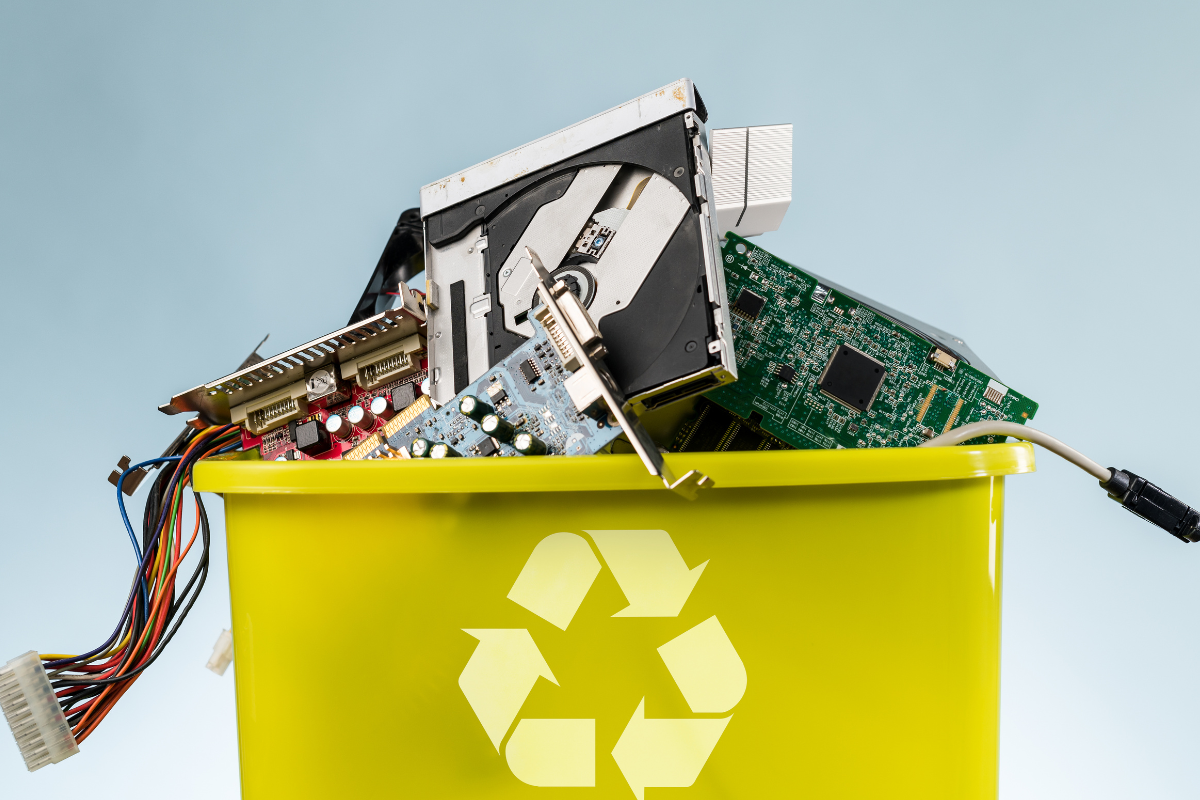
- Purchase energy-efficient appliances: When replacing your old air conditioner or refrigerator, choose energy-efficient models. These appliances contain fewer harmful chemicals and help reduce overall environmental impact.
- Educate yourself: Knowledge is power. The more you understand the effects of electronic waste on the environment and the ozone layer, the better equipped you’ll be to make sustainable decisions.
By making these small changes, you can help protect the ozone layer and reduce the harmful effects of electronic waste on our environment.
Working with Certified E-Waste Recyclers
It’s important to ensure that when you dispose of e-waste, it’s done through certified e-waste recyclers. Companies like Reboot Tech specialize in the safe and responsible recycling of electronics. Certified recyclers follow stringent guidelines to handle devices containing hazardous materials, such as HCFCs and CFCs, ensuring they don’t make their way into the atmosphere.
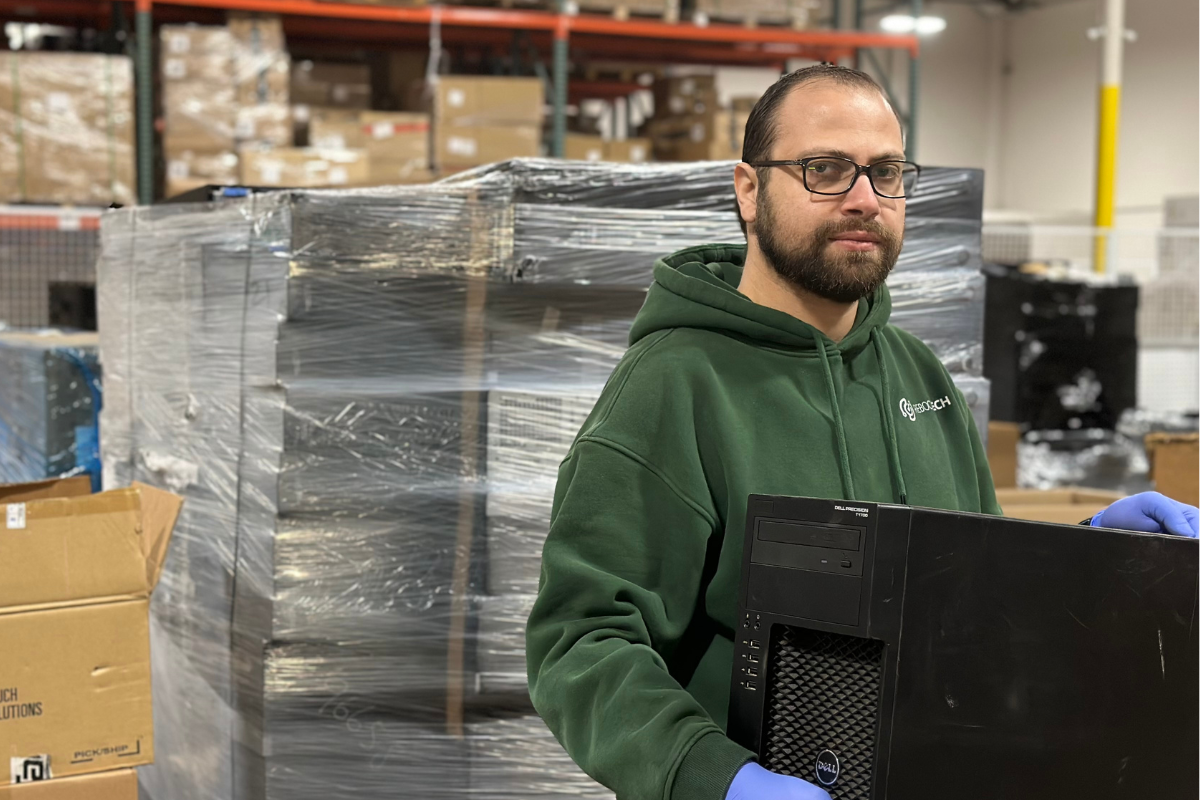
Reboot Tech, for example, not only handles the disposal of your old electronics but also ensures that usable parts are refurbished and reintegrated into the manufacturing process, contributing to the circular economy. This means that the resources used to create the devices are re-entered into the supply chain rather than being wasted in a landfill.
When choosing a recycler, look for certifications like R2 (Responsible Recycling) or e-Stewards, which guarantee that the company follows environmentally sound practices. These certifications ensure that toxic materials are properly managed and that your old electronics won’t contribute to the problem of ozone depletion.
Celebrating World Ozone Day The Right Way
As we celebrate World Ozone Day, it’s crucial to recognize the unexpected but important link between e-waste recycling and ozone protection. The improper disposal of electronics, particularly those containing harmful refrigerants and chemicals, plays a significant role in the thinning of the ozone layer and the escalation of climate change.
But there is hope. By making smarter choices about how we dispose of and recycle our electronic devices, we can help reduce the environmental impact of e-waste. From donating old electronics to using certified recyclers like Reboot Tech, every small step we take contributes to a larger movement toward a more sustainable future.
This World Ozone Day, let’s all pledge to be more conscious of our electronic waste and its effects on our planet. Together, we can protect the ozone layer and make a lasting difference in the fight against climate change. Your actions today matter, not just for the ozone layer, but for the generations that follow.


